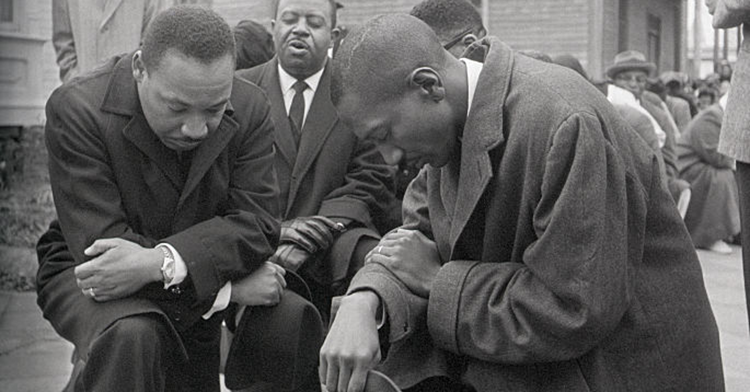This summer a young friend of ours is going to spend her nights in caves all over the Midwest studying bats. While the grant paying for her research is a worthwhile venture, if I were her I would much rather spend my summer scooping ice cream in the sunshine. She is excited to begin, but my own few occasions in caves were on field trips with 5th grade children. Those adventures left me claustrophobic and not eager to trade in my desk job to become a spelunker!
But professor of religion Barbara Brown Taylor agrees with my young friend. Taylor has made a study of darkness in her new book “Learning to Walk in the Dark.” And in her chapter “Entering the Stone,” Taylor tells us there is much to learn from the complete and utter darkness of a cave.
“Midway through my study of darkness,” she writes, “a new friend offered to take me into a cave.” While it is clear why bears, bats and frogs come to caves, she notes, why do humans come? “We come to see what is here and to discover who we are in the presence of what we find.”
She describes in detail preparing for her trip to Organ Cave in West Virginia, reading up on the phenomenon of “cave terror,” the techniques for “belly-squirm” through tight places, and packing three sources of light, extra water, and a caving suit and knee pads. She prepares herself for “duck-unders” and “sumps” -- a passage entirely filled with water but no air, requiring the caver to hold her breath and swim through the passage.
Once inside the belly of the caves, Taylor practices sitting in total darkness and silence. She moves to various chambers with her guides, and then experiences the smells, temperatures and particular silence that mark the cave. She learns to sit in the dark without viewing darkness as something to be feared, but rather as a full part of human experience.
She notes the great spiritual leaders -- Buddha, Muhammad and Jesus -- for whom caves were central. “Sitting deep in the heart of Organ Cave,” she writes, “I let this sink in: new life starts in the dark. Whether it is a seed in the ground, a baby in the womb, or Jesus in the tomb, it starts in the dark.”
In a dark cave, we can be alone without everything that distracts us in the light, to hear what God has to say. Even if, like Mrs. Moore in E.M. Forester’s novel “A Passage to India,” what we hear is “nothing” and what we learn is our own insignificance in the universe.
Taylor discovers that our suffering comes when we resist the darkness -- our fears and times of sorrow or pain, as well as the darkness of our backyard in the night or a cave. When we resist darkness, we assume that it is evil or to be feared. But in the belly of the whale, she reminds us, Jonah learns obedience; in his blindness, Paul hears his call; in the darkness of night, God parts the Red Sea.
The thick darkness of God, “araphel,” contains the presence of God.
What might the darkness have to teach us? “The way out is the way in,” Taylor advises us. The only way to discover what we might learn from walking in the dark is to head deeper into the cave and sit.






